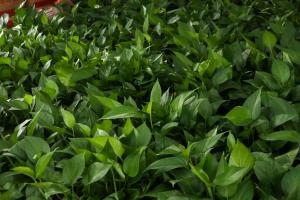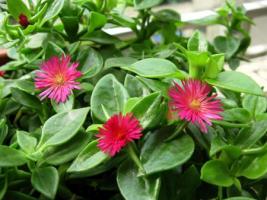1、 Curing method
1. Temperature: Chlorophytum is suitable for growing in a warm environment. Generally, the temperature can be maintained at 15 to 25 degrees. However, it should be noted that the high temperature in summer cannot exceed 30 degrees, otherwise it will dehydrate and wither. It needs to be cooled in high temperature weather and cannot be placed outdoors directly. The low temperature in winter should also be controlled, not less than 10 degrees, so as to avoid frostbite
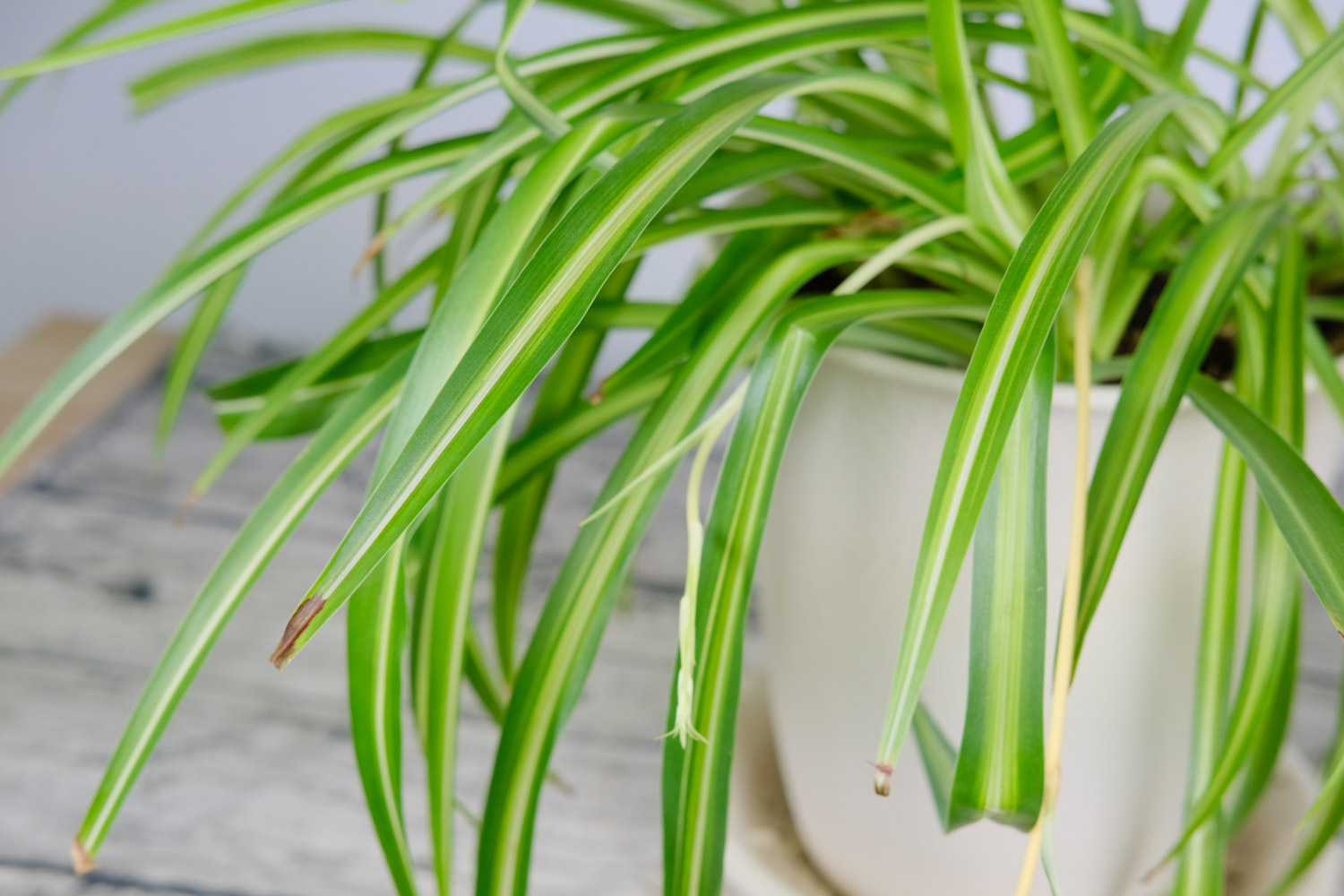
2. Watering: the demand for water is still relatively high. During the breeding period, water it frequently. Especially in summer, the root will absorb water quickly. Watering more can make more branches. Watering once every two days in spring can avoid ponding in winter

3. Light: it will grow faster under warm and sufficient light, but pay attention not to be irradiated by strong light. If it is irradiated by strong light, some irregular black spots will appear, so it is OK to accept four hours of warm light every day
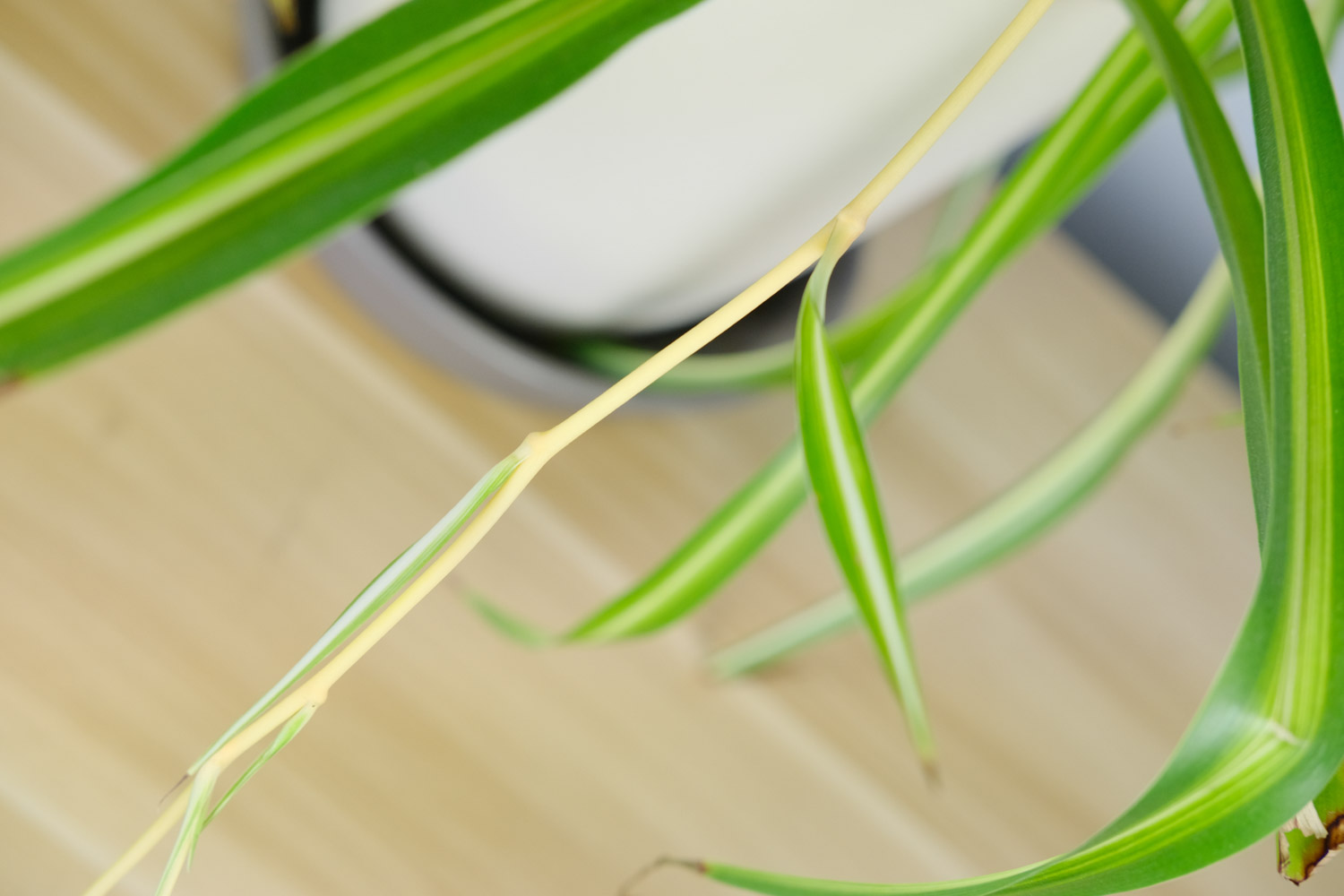
4. Fertilization: during the cultivation of Chlorophytum hybridum, thin fertilizer should be applied frequently. Thin compound fertilizer can be applied once in about 20 days during the growth period. Fertilization or a small amount of fertilization should be stopped in winter to prevent overgrowth
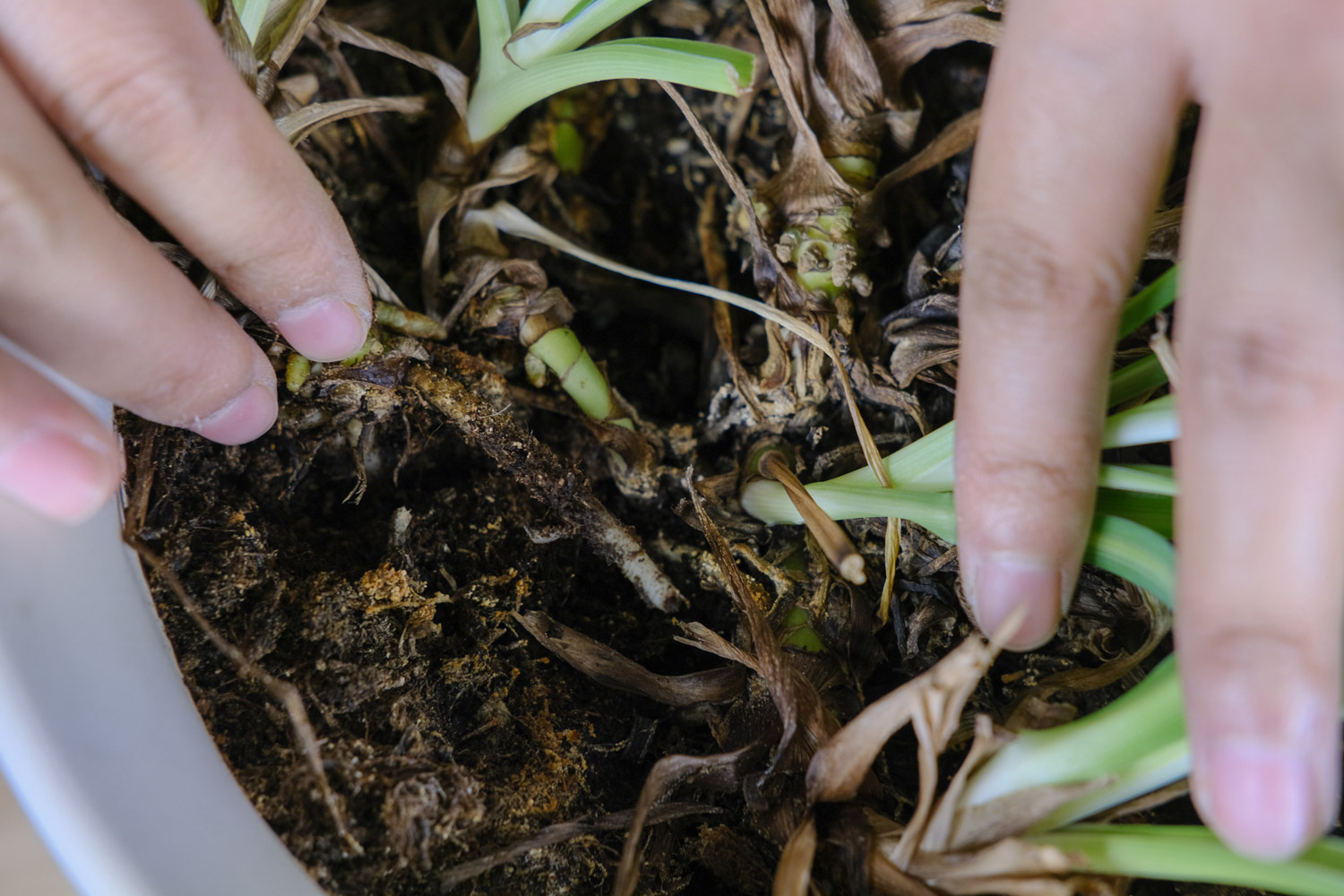
2、 Breeding skills
1. Propagation: cutting and branching are the two most important methods. Cutting can be carried out in any season. Some small plants branched out of the plant can be directly picked and cutted into the flower pot. After that, pay attention to watering. This method has the highest survival rate. Dividing plants is carried out when changing pots. It is OK to divide the mother plant into several parts and replant it
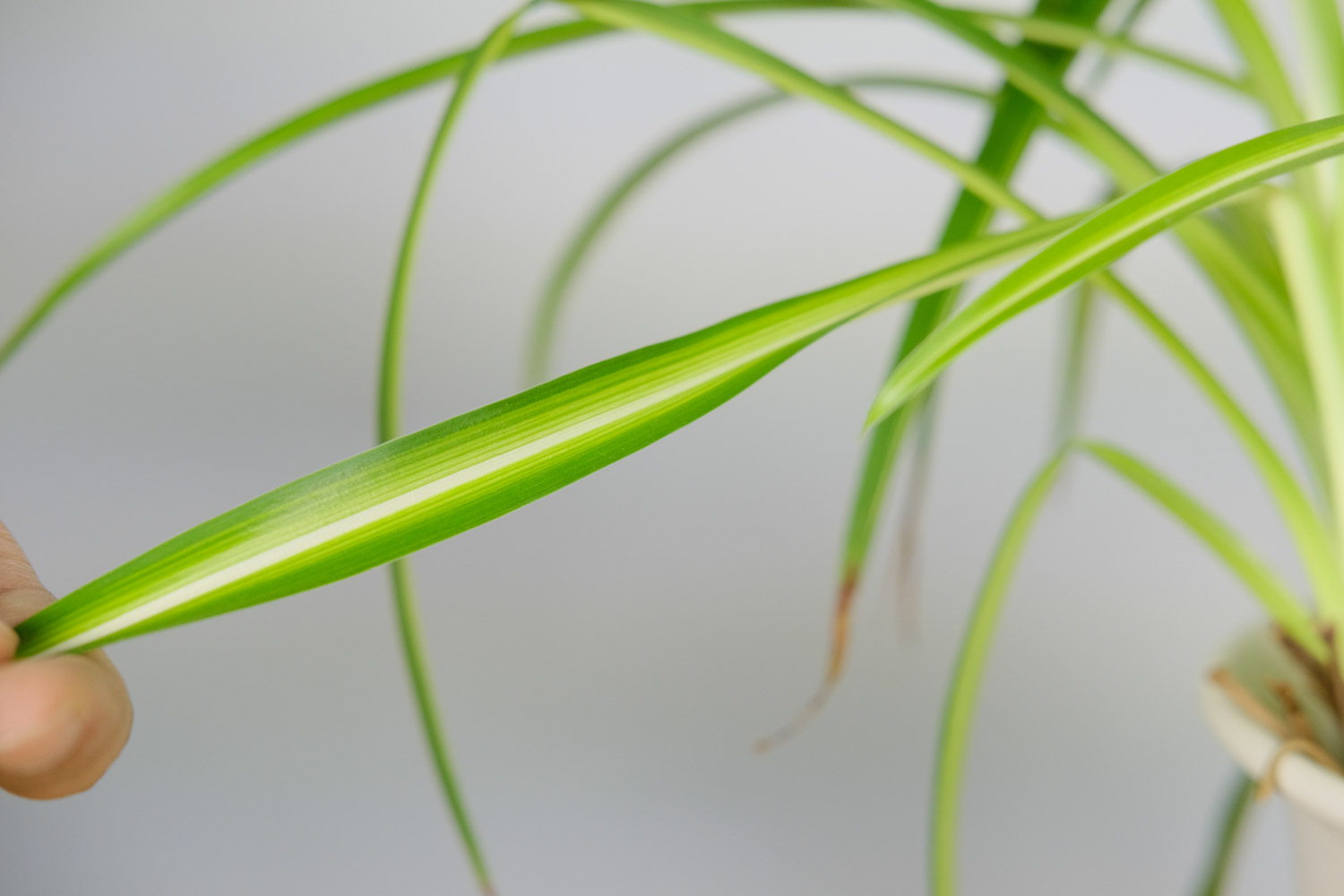
2. Pruning: Chlorophytum is a foliage plant. Although it doesn't need to prune its branches and leaves, the state of free growth is the most ornamental, but some sunburned or withered leaves need to be cut off in time during breeding
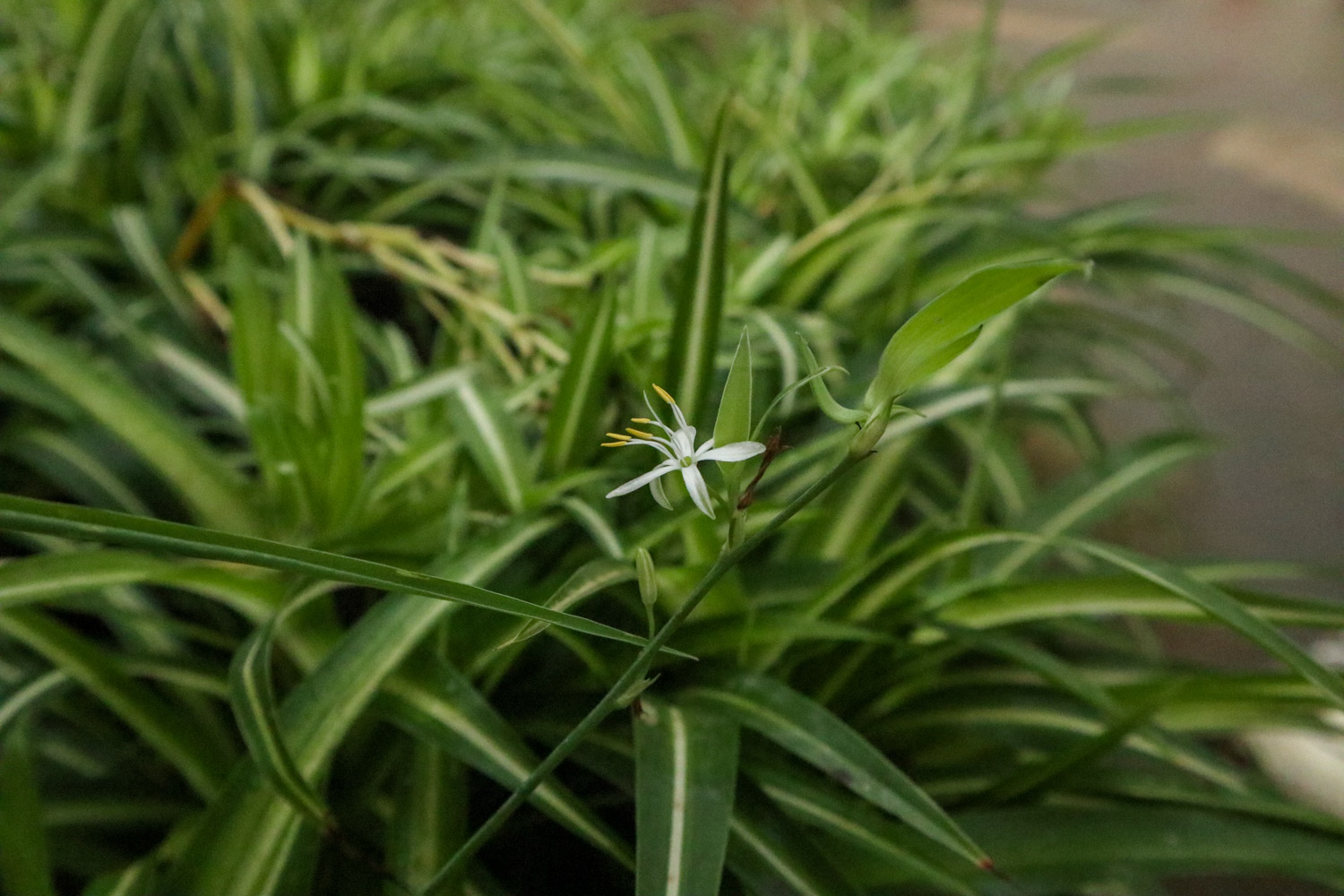
3、 Problem diagnosis and treatment
1. Disease: the disease of Chlorophytum aurantium rarely occurs, but the leaves will turn yellow in the case of gout and insufficient light. It can be alleviated by adjusting its breeding location and environment
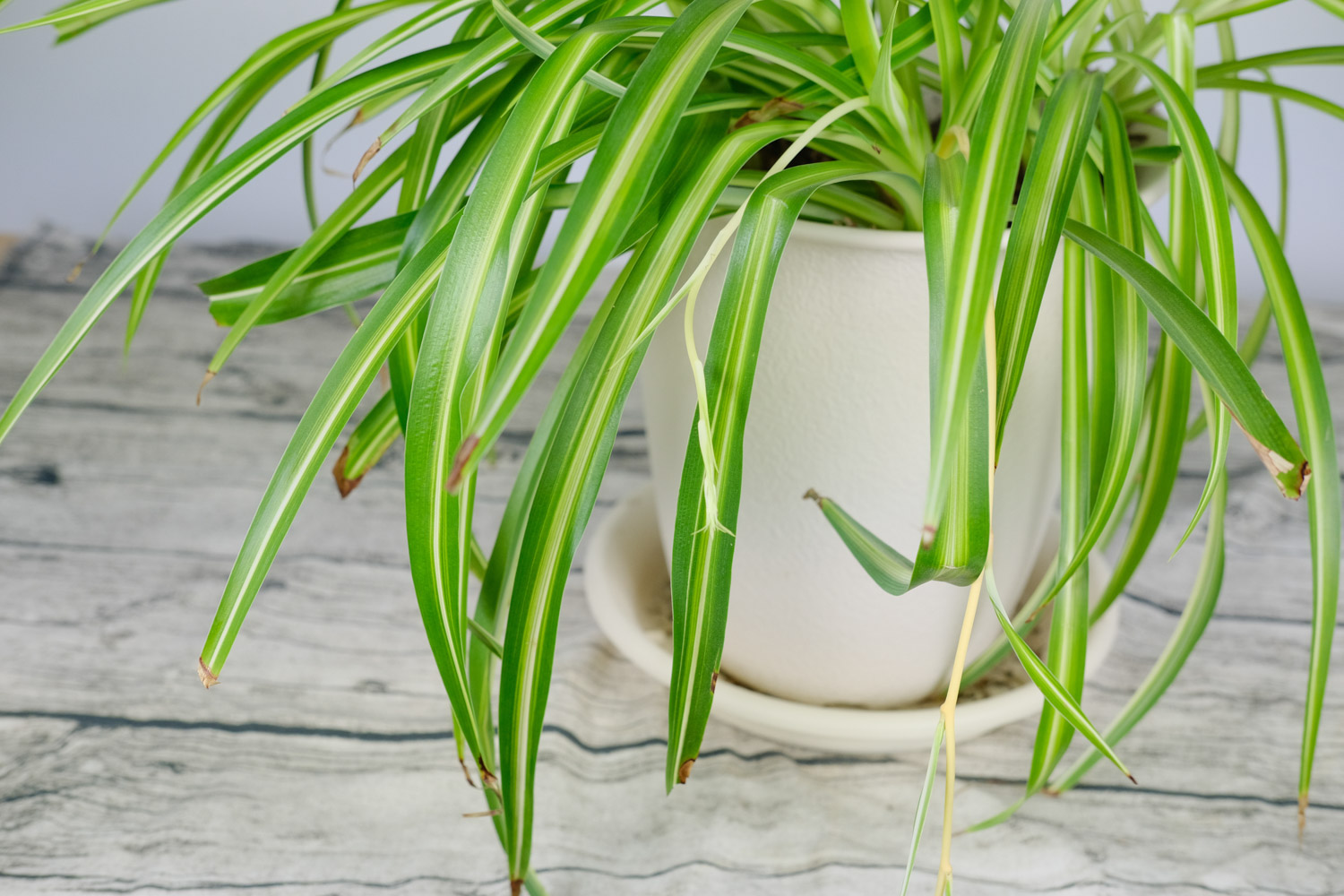
2. Insect pests: scale insects will occur. The branches and leaves with insect pests can be cut off manually, or DDVP solution can be sprayed several times continuously

4、 Other issues
1. Toxicity: no poison, now breeding is very extensive
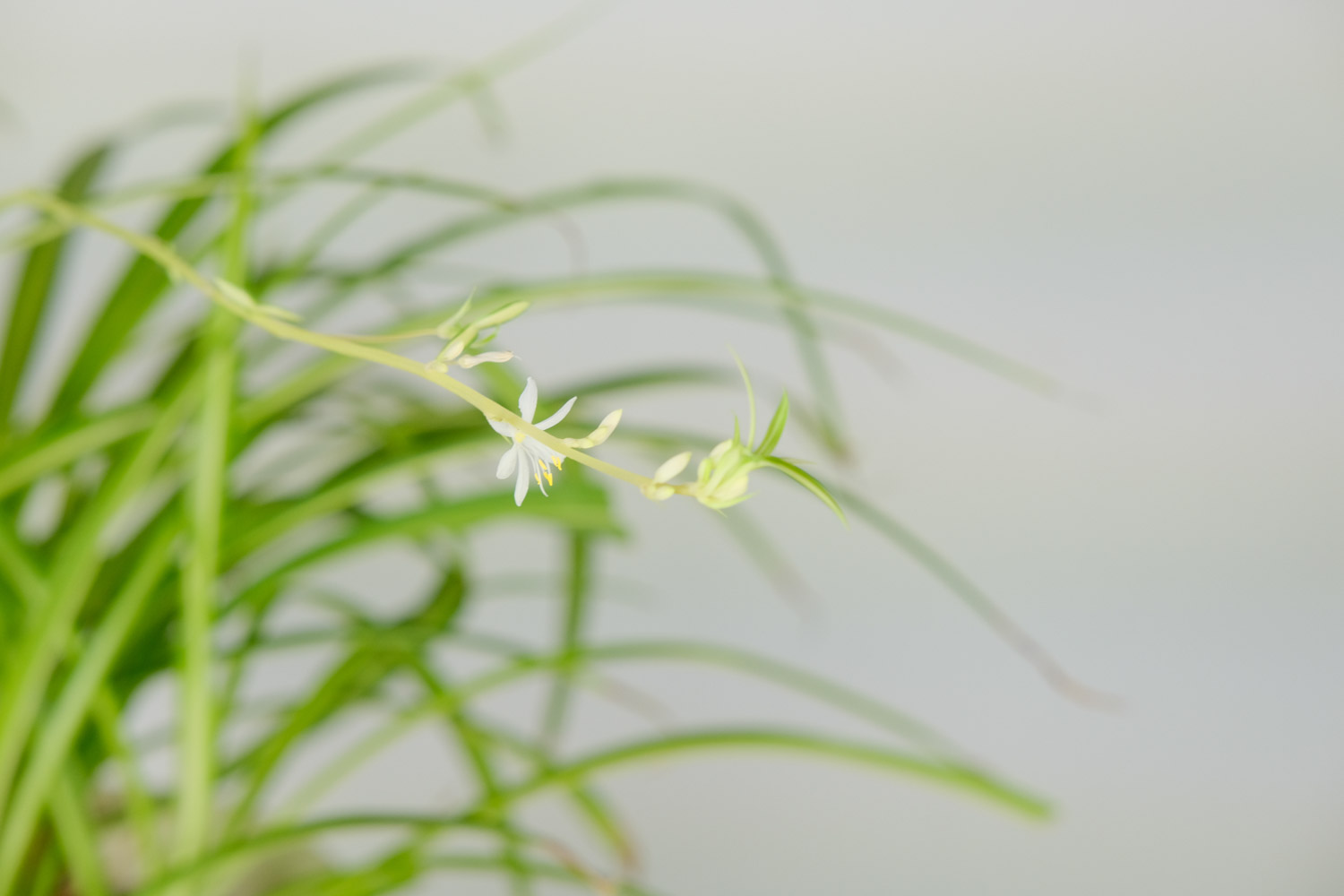
2. Whether it can be raised at home: Yes, very eye-catching
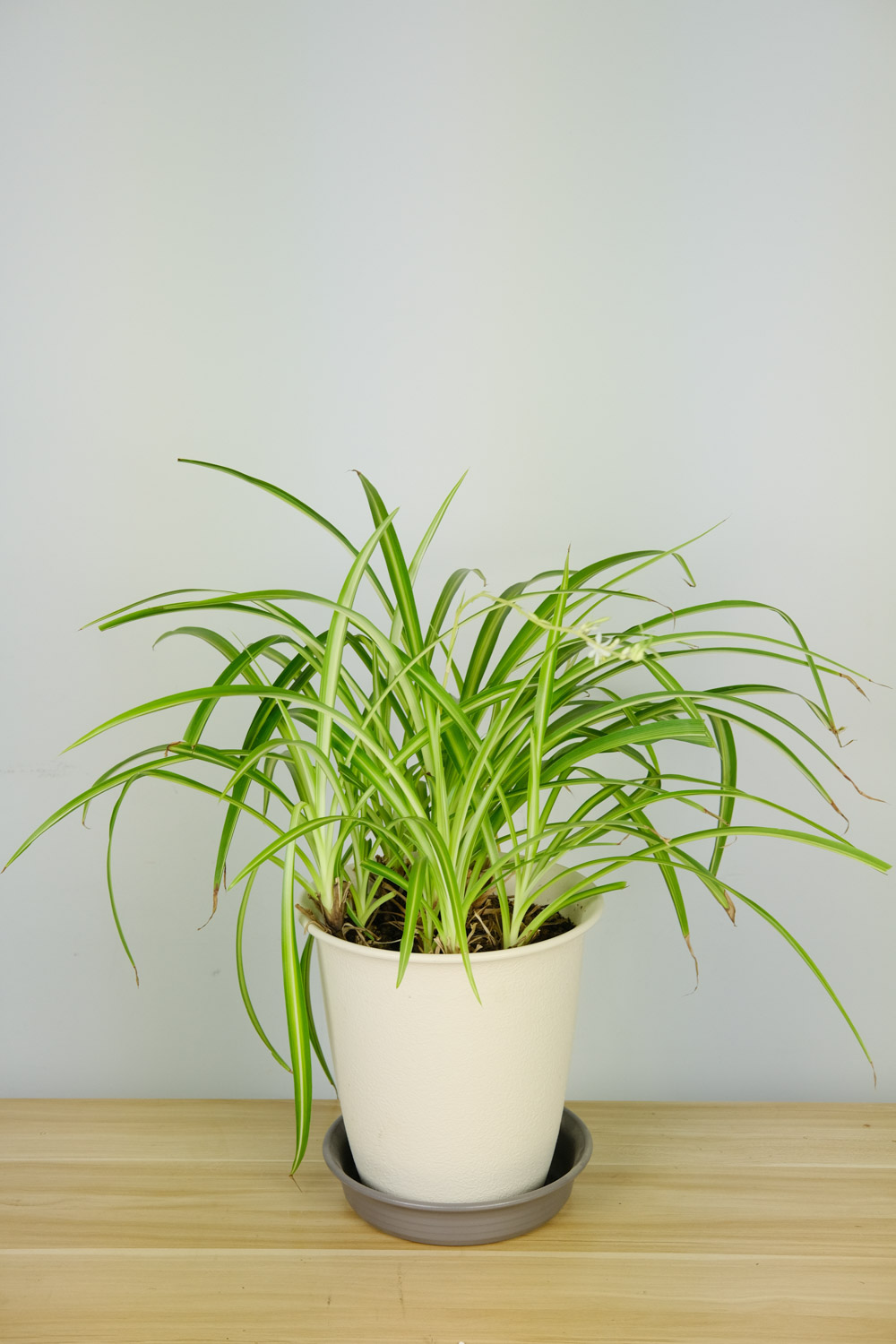

 how many times do yo...
how many times do yo... how many planted tre...
how many planted tre... how many pine trees ...
how many pine trees ... how many pecan trees...
how many pecan trees... how many plants comp...
how many plants comp... how many plants can ...
how many plants can ... how many plants and ...
how many plants and ... how many pepper plan...
how many pepper plan...